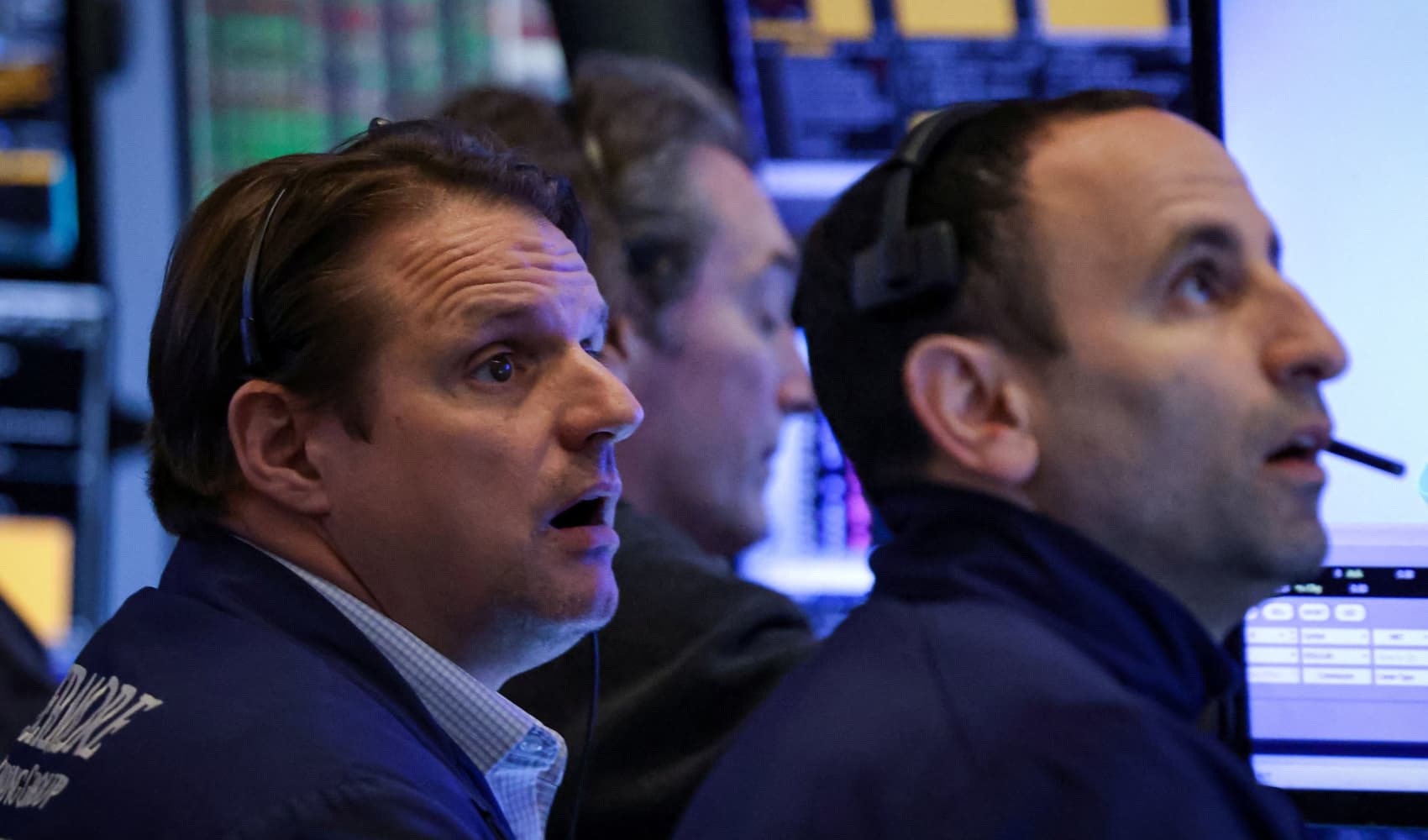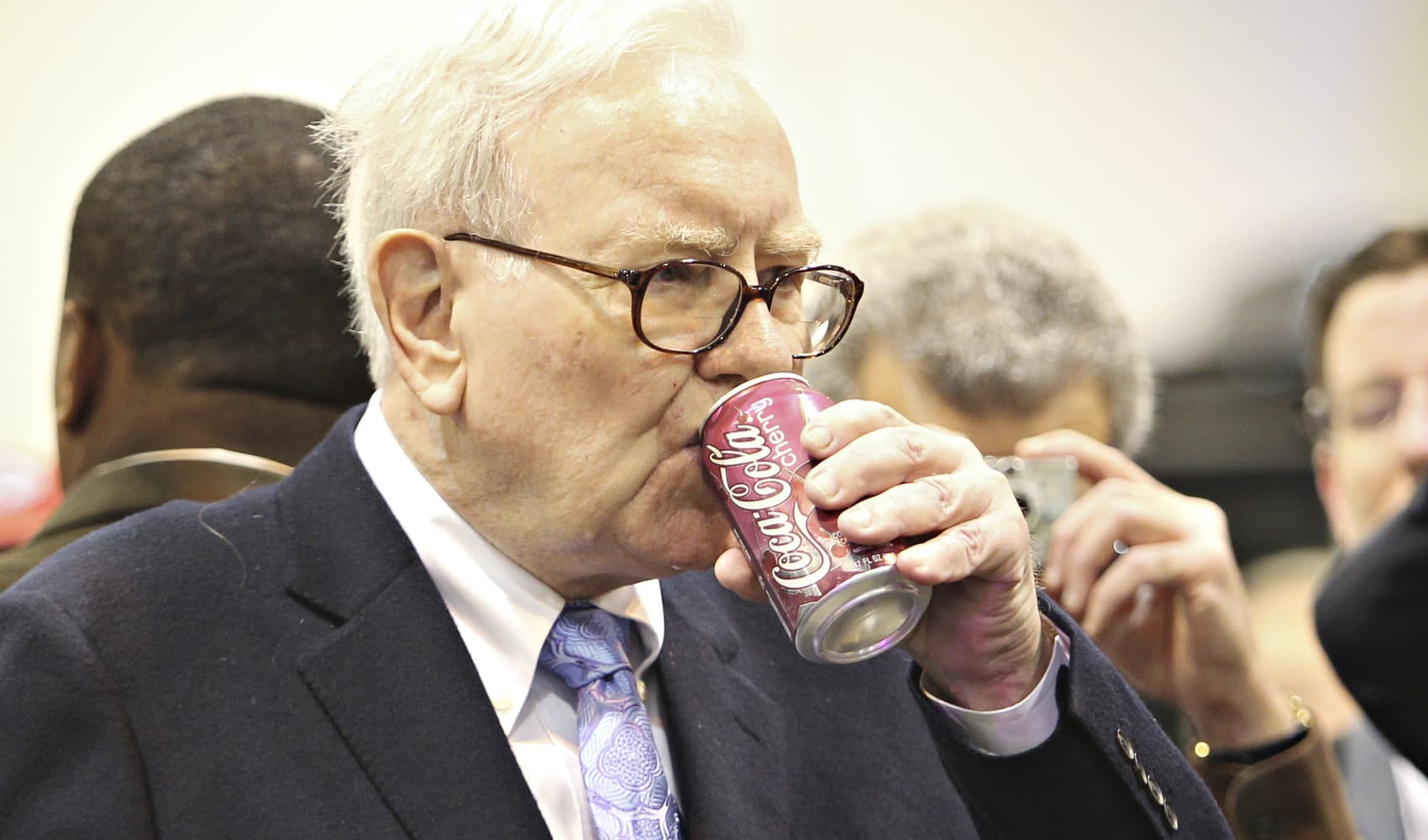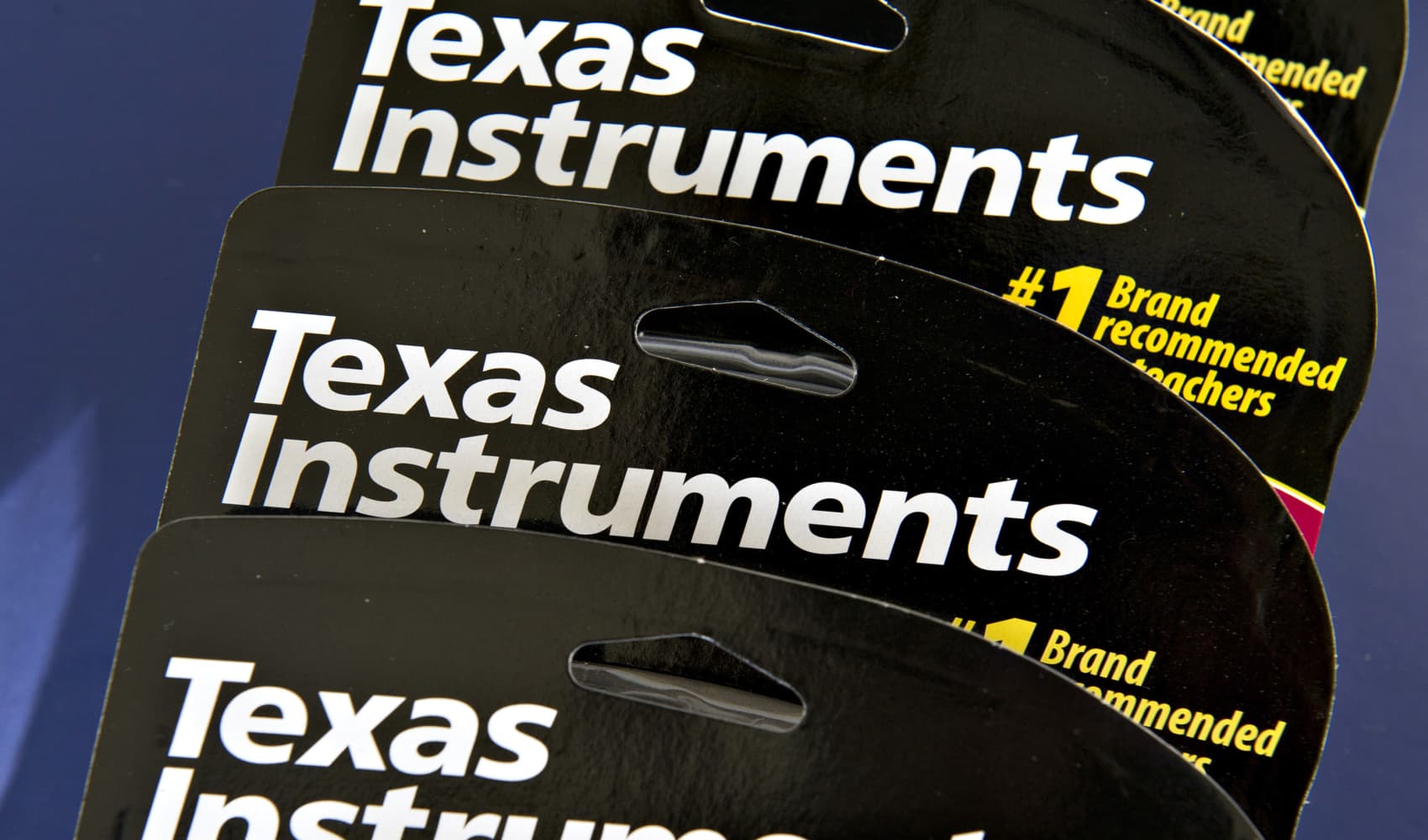Dividend Income Stocks: Your Shelter in Market Uncertainty?
Uncertain Markets? Dividend Income Stocks Might Be Your Safe Haven
Introduction: Dividends - A Beacon in the Storm?
Dividend income has always held a certain allure, hasn't it? Especially for those of us closer to retirement, the promise of regular cash flow can feel like a warm blanket on a cold day. Think of it as a paycheck from your investments, regardless of what the stock market rollercoaster is doing. But lately, with market volatility spiking and economic uncertainties looming, the appeal of dividend stocks might be stronger than ever. Are they the answer to weathering the storm?
The Enduring Appeal of Dividend Stocks
Dividend stocks have a timeless charm. They're not just for retirees anymore. The consistent income they provide offers a sense of stability, a crucial element in today's turbulent financial landscape. It's like having a small, steady stream feeding into your financial reservoir, regardless of the droughts (market downturns) or floods (market rallies).
Why Older Investors Love Dividends
Let's be honest: as we age, the focus often shifts from aggressive growth to preserving capital and generating income. Dividends provide that income stream without requiring you to sell off your investments. It's a way to "have your cake and eat it too," so to speak. Think of it as your portfolio paying you back for all the hard work it's done over the years.
Navigating Market Volatility: Dividends as a Buffer
The stock market can be a wild ride, can't it? Up one day, down the next. And that volatility can be especially unnerving when you're relying on your investments for income. Dividend stocks can act as a buffer against those swings. Even if the price of the stock dips, you're still getting paid those regular dividends. It's like having a built-in safety net.
The Tech Correction and the Dividend Dilemma
Remember the recent tech market correction? It sent shivers down many investors' spines. But for those holding dividend-paying tech stocks, the pain was perhaps a little less acute. Why? Because while the stock price might have been tumbling, the dividends kept rolling in. This underscores the importance of diversification and finding dividend-paying opportunities even within growth sectors.
Bond Market Blues: The Case for Dividends
The bond market, traditionally seen as a safe haven, isn't immune to volatility either. Factors like rising interest rates and government economic policies can impact bond yields and prices. In this environment, dividend stocks can offer a potentially more attractive yield compared to some bonds. They offer a yield but also the chance for the stock to appreciate over time!
Beyond Yield: Dividend Growth Potential
It's not just about the current dividend yield; it's about the potential for that dividend to grow over time. Companies that consistently increase their dividends are often financially strong and committed to rewarding shareholders. This dividend growth can help your income stream keep pace with inflation and potentially even outpace it.
Evaluating Dividend Stocks: What to Look For
Not all dividend stocks are created equal. It's crucial to do your homework before investing. Look for companies with a solid track record of paying and increasing dividends, a healthy payout ratio (the percentage of earnings paid out as dividends), and a strong financial foundation.
Understanding Payout Ratios
The payout ratio is a critical metric. A very high payout ratio might indicate that the company is stretching itself thin to maintain the dividend, which could be unsustainable in the long run. A lower payout ratio suggests that the company has more room to grow the dividend in the future.
The Importance of Dividend History
A company's dividend history speaks volumes. Look for companies that have consistently paid dividends for many years, even through economic downturns. This demonstrates a commitment to shareholders and financial stability.
ETFs and Mutual Funds: A Diversified Approach to Dividend Investing
If you're new to dividend investing, or simply prefer a more diversified approach, consider investing in dividend-focused ETFs (Exchange Traded Funds) or mutual funds. These funds hold a basket of dividend-paying stocks, spreading your risk across multiple companies and sectors.
Dividends and Taxes: Understanding the Implications
Remember that dividend income is generally taxable. However, qualified dividends are taxed at a lower rate than ordinary income. It's always a good idea to consult with a tax advisor to understand the specific tax implications of dividend investing.
Reinvesting Dividends: The Power of Compounding
One of the most powerful strategies for building wealth with dividend stocks is to reinvest your dividends. By reinvesting, you're buying more shares of the stock, which in turn will generate even more dividends. This compounding effect can significantly boost your returns over time.
Dividend Aristocrats: The Elite of Dividend Stocks
Have you heard of dividend aristocrats? These are companies that have increased their dividends for at least 25 consecutive years. They represent a select group of financially stable and shareholder-friendly businesses. Investing in dividend aristocrats can be a way to gain exposure to high-quality, dividend-paying stocks.
Real Estate and Dividends: REITs (Real Estate Investment Trusts)
REITs (Real Estate Investment Trusts) are companies that own or finance income-producing real estate. They are required to distribute a significant portion of their income to shareholders as dividends, making them an attractive option for dividend investors. However, REITs can be sensitive to interest rate changes, so it's important to be aware of the risks.
Building a Dividend Portfolio: A Long-Term Strategy
Dividend investing is generally a long-term strategy. It's not about getting rich quick; it's about building a steady stream of income over time. Patience and discipline are key to success. Focus on selecting quality dividend-paying stocks and reinvesting your dividends, and let the power of compounding work its magic.
Conclusion: Dividends - A Valuable Tool in an Uncertain World
In conclusion, while there are no guarantees in the market, dividend income can be a valuable tool, especially in uncertain times. The blend of income and potential appreciation makes dividend stocks a compelling option for many investors. They offer a potential buffer against market volatility, a hedge against inflation, and a way to generate passive income. They are also great for the peace of mind. By carefully selecting dividend-paying stocks and reinvesting your dividends, you can build a portfolio that provides both income and long-term growth.
Frequently Asked Questions (FAQs)
Q: Are dividend stocks risk-free?
A: No, dividend stocks are not risk-free. Like any investment, the value of dividend stocks can fluctuate, and companies can cut or eliminate their dividends if they experience financial difficulties. Diversification is key to mitigating risk.
Q: How often are dividends paid?
A: Dividends are typically paid quarterly, but some companies pay them monthly or annually. The frequency of dividend payments can vary from company to company.
Q: What is a good dividend yield?
A: A good dividend yield depends on several factors, including current interest rates and the overall market environment. Generally, a yield that is significantly higher than the average market yield may indicate a higher risk.
Q: How do I find dividend-paying stocks?
A: You can find dividend-paying stocks by using online stock screeners, consulting with a financial advisor, or researching companies that have a history of paying dividends.
Q: Is dividend income taxed?
A: Yes, dividend income is generally taxable. Qualified dividends are taxed at a lower rate than ordinary income, while non-qualified dividends are taxed at your ordinary income tax rate. It's best to consult a tax professional for specific advice.




